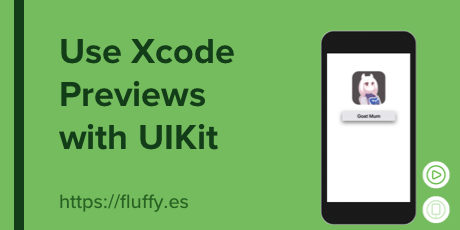
So by using this simple button right here, we can preview our application's interactive elements for rapid development using Xcode and SwiftUI. Hit the live preview, and then you can simply click on on Say Hello, and then it will reveal that, and you can click on it again and it will hide the content. So there's our group, it's got padding, and we'll change that text that says group by changing the string right here. And then cut the text view, paste it right on top of where it says content in that placeholder, and then let's give this some padding. I'll go right above one of my Hello World text views. If you look at the description here, it says a view that shows or hides another content view. For unknown reasons, it sometimes appears in other contexts. But if I stop the live preview using that same button, I can open up the library, and then I'm going to find a disclosure group, which gives us some quick interactivity. Xcode Preview should only be showing on an iPhone enabled for development. Since we don't have any interactive elements right now, nothing will change when I click on them. To use the live preview, simply click this play button here at the top of your canvas, and that will start the live preview. The live preview enables you to add interactivity to your canvas so you can make elements clickable and see how they respond and animate directly within Xcode. We have discussed three techniques that will help you improve previews code:Īs a further reading I recommend Testing SwiftUI Views, where I explain why you shouldn’t be using SwiftUI previews as your visual regression tool.- Another useful feature in Xcode for efficient development is working with the live preview with SwiftUI. Their quality is equally important as that of the rest of your production code.
#Xcode preview content code
SwiftUI previews are actually pieces of test code inserted into your production codebase. It is published under the “Unlicense”, which allows you to do whatever you want with it. You can find the complete source code here. Struct LandmarksList_Previews : PreviewProvider Source Code The current strategy addresses the problem of boilerplate configuration code.īefore we jump to the solution, let’s see how previews turns out to be a mess even for a trivial SwiftUI control. Technique #1: Extracting Reusable Previews The solution is to follow the three techniques that will help us streamline SwiftUI previews. This way, previews setup code becomes bloated and fragile.

#Xcode preview content how to
We won’t discuss how to generate SwiftUI previews or what you can get from them. This is not an introduction to the subject.

Using Fixture Object pattern to simplify object graph instantiation.Combining groups of previews into presets.Extracting reusable previews into components.In this article let’s learn three techniques to help you manage SwiftUI previews at scale: SwiftUI previews sit on the boundary of test and production code, therefore, when applied systematically, they inevitably result in test code leaking into production. Although SwiftUI previews fulfill their goal of generating dynamic, interactive previews, they come not without a price.


 0 kommentar(er)
0 kommentar(er)
